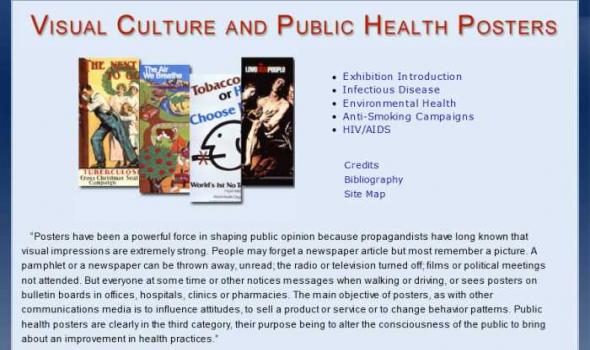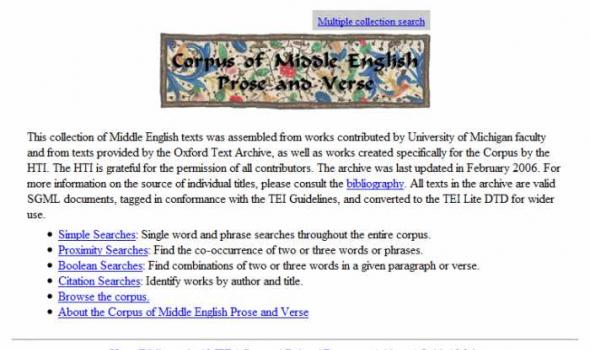Category: Image, English, Public health, United States, Maryland
Results
Images From the History of the Public Health Service A Photographic Exhibit Table of Contents Disease Control and Prevention About this exhibit The original work is dedicated to the memory of Ronald J. Kostraba (1942-1991) of the OASH Administrative Services Center, whose dedication to design excellence, tireless research and planning produced this exhibit. The online version was prepared by David Harding under the supervision of R. P. C. Rodgers, M.D. It is organized according to the pagination of the original printed document. Minor factual and spelling corrections have been made to the original text.
History of Medicine Early United States Government Interest in Native American Health Although U.S. Army surgeons treated Native American victims of smallpox near the opening of the 19th-century, government concern for Native American health at this time was manifest more in counting the numbers of people who died from this and other diseases, and estimating how many were left, than in providing institutional remedies. Jedidiah Morse's report indicates this interest: Determining where "Indians" were in North America and how many they were. The report is addressed to the Secretary of War. Indian affairs were administered by the War Department until 1849. The U.S.
This on-line version of Here Today, Here Tomorrow... presents a variety of printed medical ephemera from the collections of William H. Helfand and the National Library of Medicine. The exhibit was held at the National Library of Medicine, Bethesda, Maryland, May 22 through September 11, 1995.
History of Medicine Introduction Medicine in the Americas is a digital library project that makes freely available original works demonstrating the evolution of American medicine from colonial frontier outposts of the 17th century to research hospitals of the 20th century. Drawing on the collections of NLM's History of Medicine Division and including works from the United States, Latin America, the Caribbean and Canada, this initial release of Medicine in the Americas encompasses monographs dating from 1610 to 1865. Additional titles, dating up to 1920 and drawing further upon NLM's comprehensive collection of early American printed books and journals, will be available on an ongoing basis in the future.
History of Medicine Exhibition Introduction This online exhibit is designed to introduce you to the history of images used in public health posters in the twentieth century. It utilizes the world's largest collection of poster art dealing with questions of health in the United States, housed at the National Library of Medicine. Many of these images can also be viewed through the Images from the History of Medicine (IHM) homepage. The exhibit is divided into two sections that focus on infectious diseases and environmental health concerns, revealing how posters provide an effective medium for communicating information about disease, identifying risk factors, and promoting behavioral change.
History of Medicine Introduction The National Library of Medicine has recently acquired a large collection of Chinese Public Health materials, about seven thousand items produced from early 20th century to the year of SARS. The collection has a wide range of media presentations: posters, health newsletters, health newspapers, paintings, pharmaceutical advertisements, calendars, children's chess games, jigsaw puzzles on health topics, playing cards on SARS, lantern slides, negatives, photographs, and health award certificates, as well as books and journals. These materials present rich visual representations of public health concerns which were closely tied to the political, social, economic, and even military engagements of China during different time periods.
History of Medicine Home > History Home > Opening Doors: Contemporary African American Academic Surgeons Home African Americans have always practiced medicine, whether as physicians, healers, midwives, or “root doctors.” The journey of the African American physician from pre-Civil War to modern day America has been a challenging one. Early black pioneer physicians not only became skilled practitioners, they became trailblazers and educators paving the way for future physicians, surgeons, and nurses, and opening doors to better health care for the African American community.
Home > Library Catalogs & Services > Fact Sheets > Images from the History of Medicine (IHM) Fact Sheet Images from the History of Medicine (IHM) Overview Images from the History of Medicine (IHM) is a database of nearly 70,000 images in the National Library of Medicine's (NLM) historical collections. The collection of portraits, photographs, fine prints, caricatures, genre scenes, posters, and other graphic art illustrates the social and historical aspects of medicine from the Middle Ages to the present. Subjects range from medieval medical practice to 19th century slum conditions to World War I hospitals to the international fight against drug abuse and AIDS.
History of Medicine Introduction Malaria was historically a major threat to the health of the Chinese people. In 1950, over 30 million Chinese people suffered from malaria and one percent of them died. The Chinese government launched national campaigns against malaria in the early 1950s. Programs of malaria control were integrated in the general rural development of land reclamation, irrigation construction, and improvement of sanitary conditions for both humans and livestock. While timely treatment of malaria is essential, the anti-malaria campaigns strongly emphasized preventive methods, as "prevention first" was the health policy in the 1950s-1980s.
History of Medicine Chinese medicinal compounds were recorded as early as the Han dynasty, 2,000 years ago. Beginning in the 1880s, Western companies – notably Bayer, Hoechst (now Aventis), and Eli Lilly – challenged traditional medicine with the resources of modern capitalism. In turn, Chinese companies entered the new commercial markets: the Tianjin Pharmaceutical Factory, founded in 1921, used western methods to produce and market traditional Chinese medicines. The sheets shown here advertise a mix of European and Asian products, using ideal feminine and masculine images as well as the Tian An Men (Gate of Heavenly Peace). Ads for progesterone and methyltestosterone show the appeal of potent over-the-counter hormone therapies. 21 April 2010
History of Medicine Introduction 引言 Tuberculosis was one of the major epidemic diseases in 20th-century China, along with smallpox, malaria, cholera, schistosomiasis, and other epidemics. Organized efforts to fight the disease began in 1933 when the National Anti-Tuberculosis Association of China was established. From 1950 through 1980, the Chinese government launched anti-tuberculosis campaigns as part of the national public health movement. The Anti-TB Association and the Red Cross played important roles in the health education campaigns. Health posters became an important tool to disseminate health knowledge and methods of prevention and treatment. The campaigns, along with the universal free healthcare, led to a significant decline of tuberculosis.






























